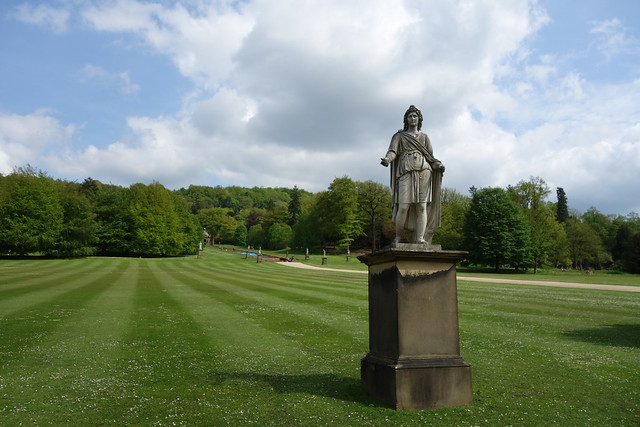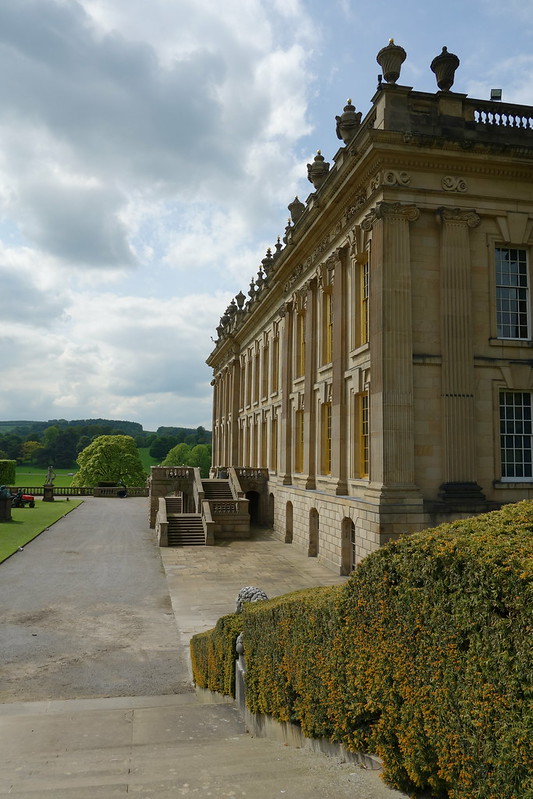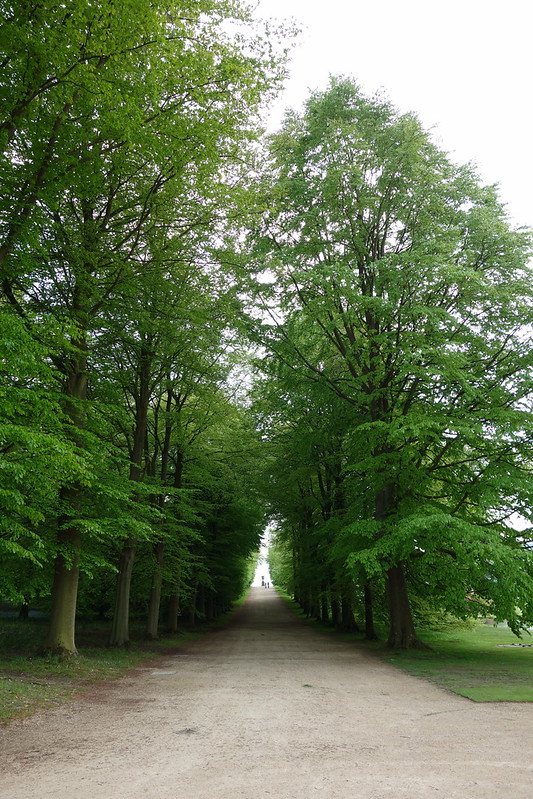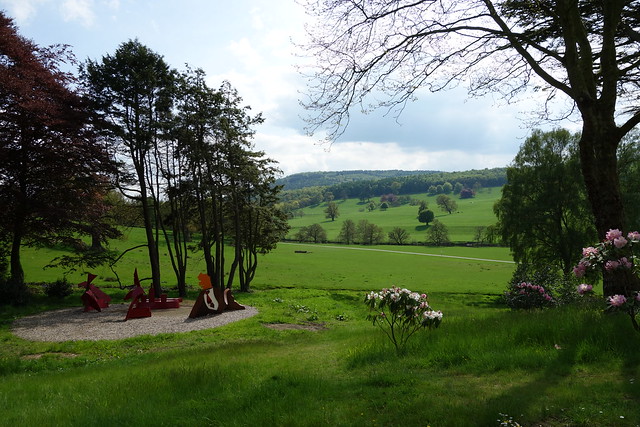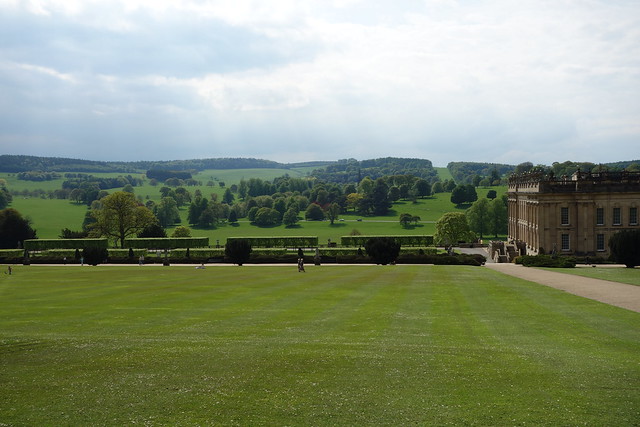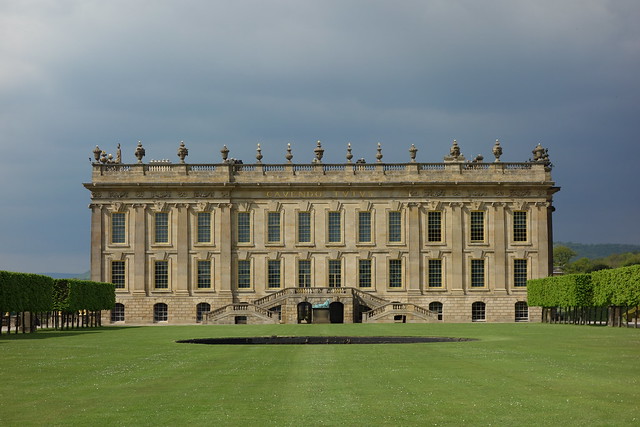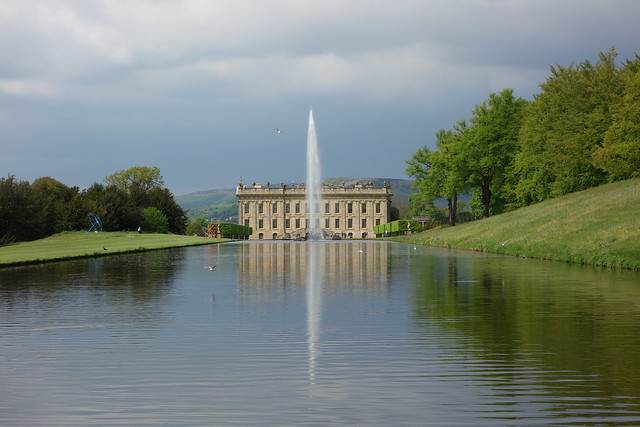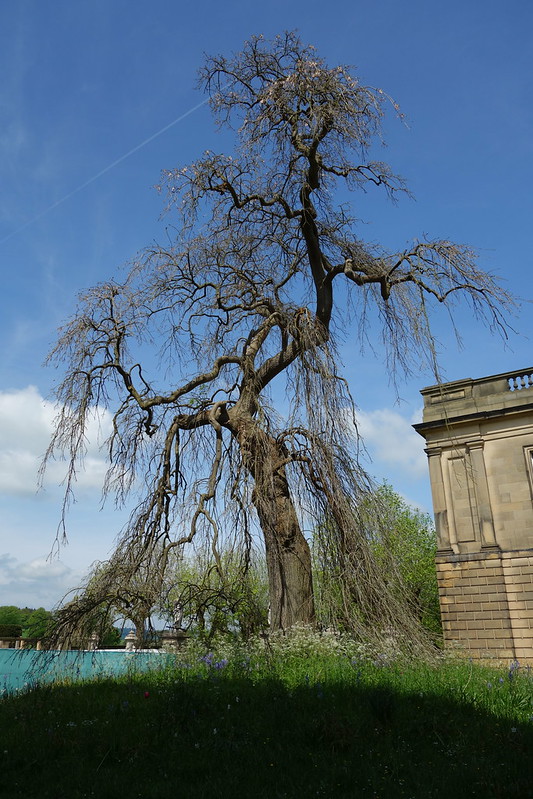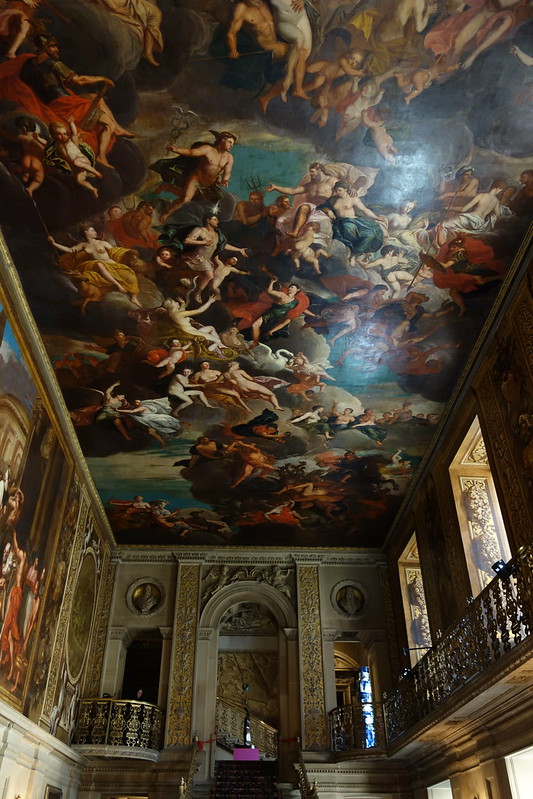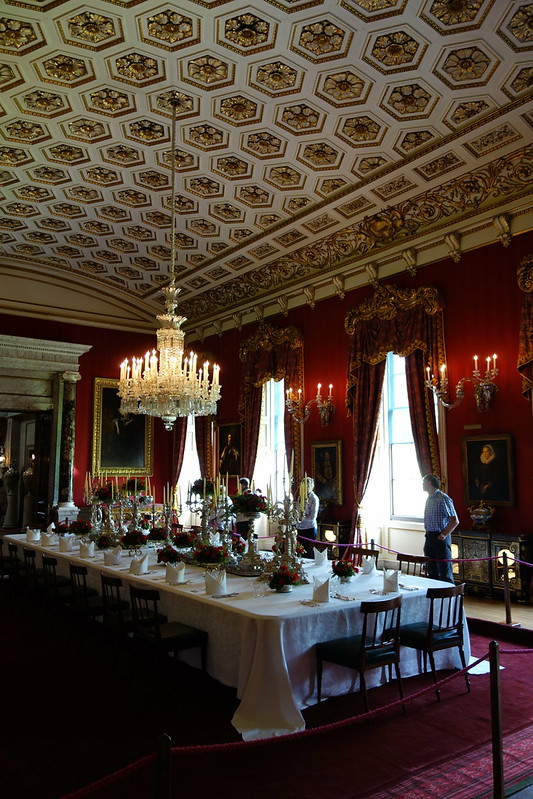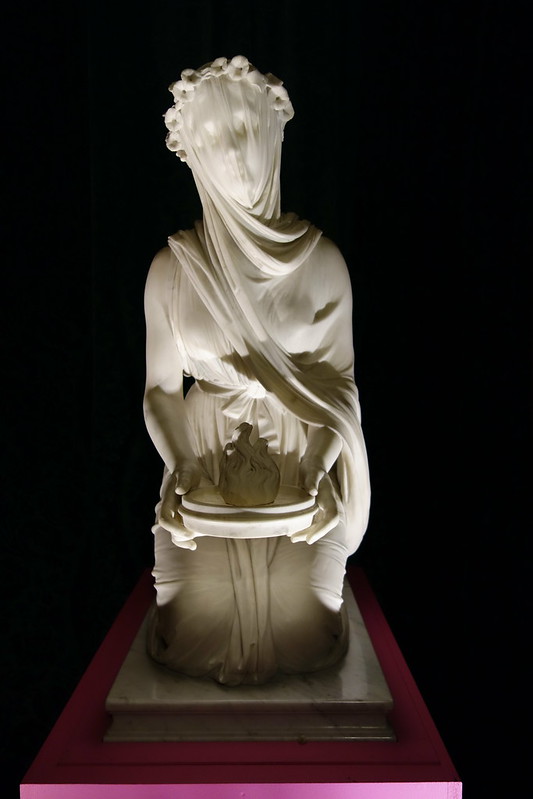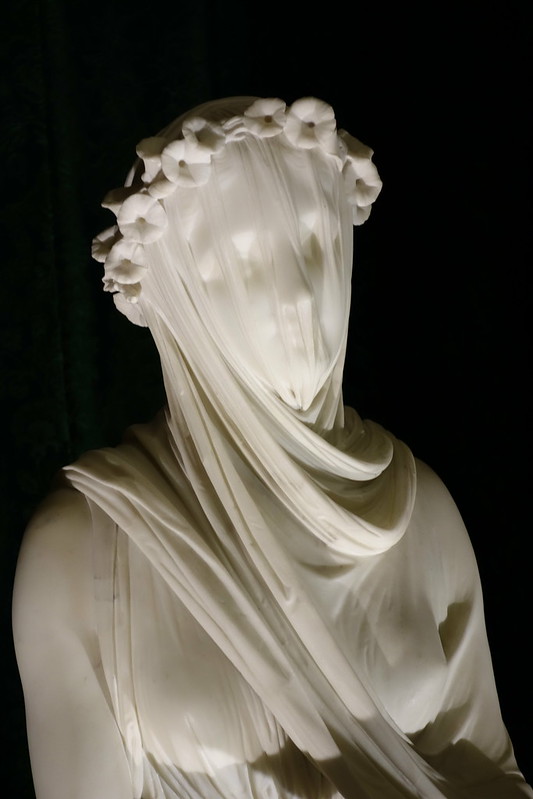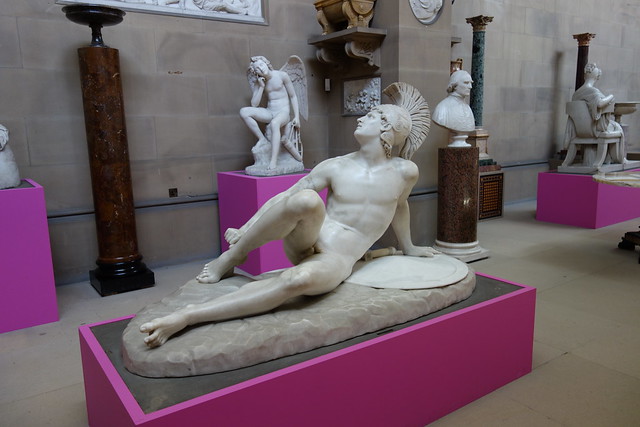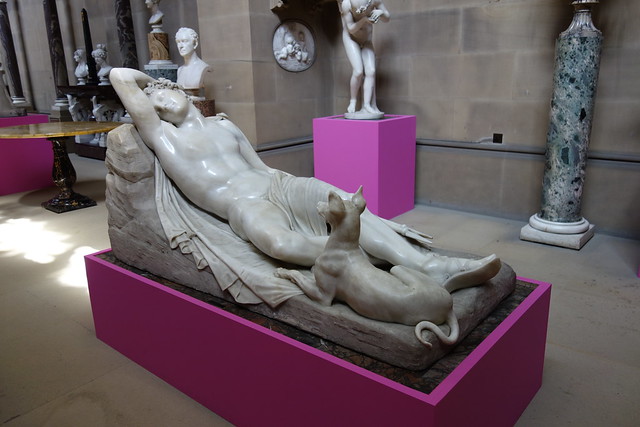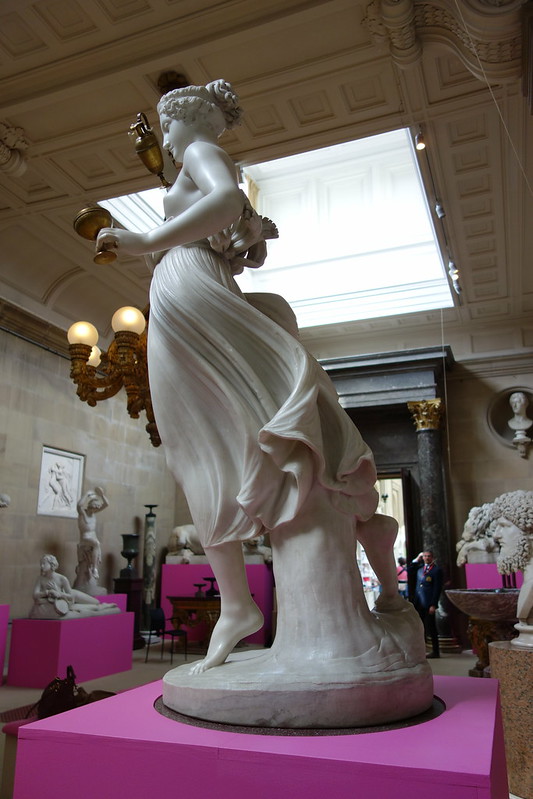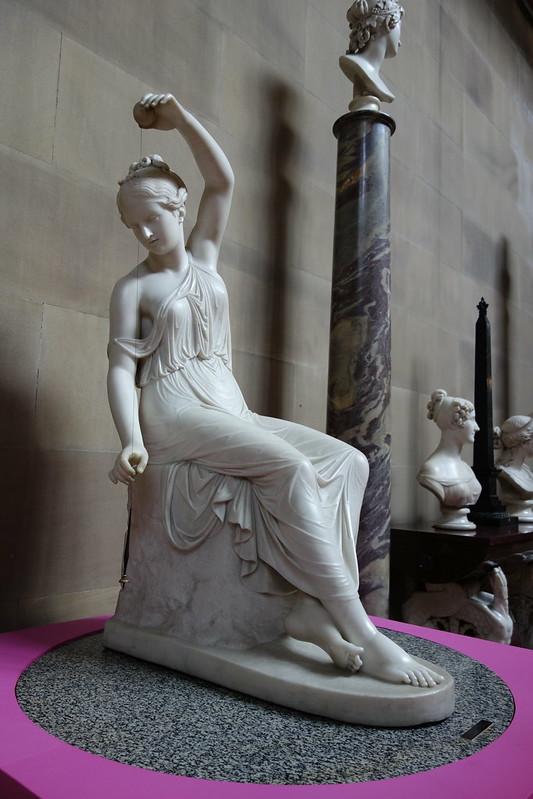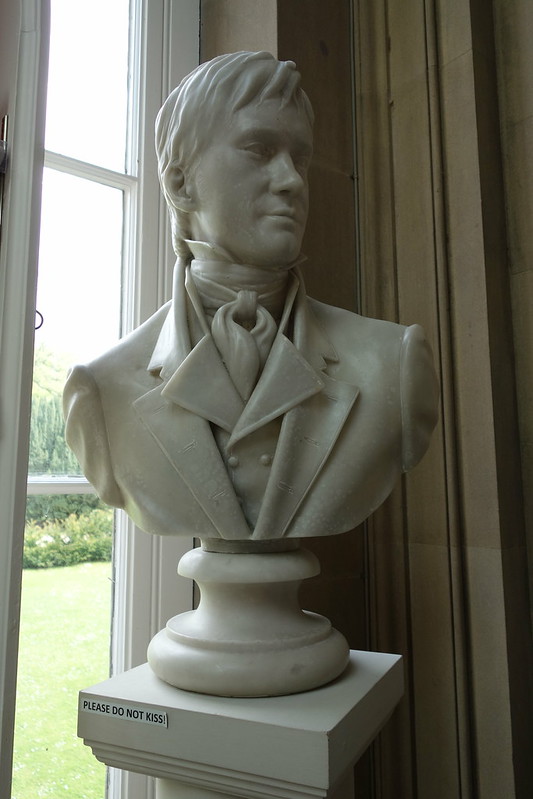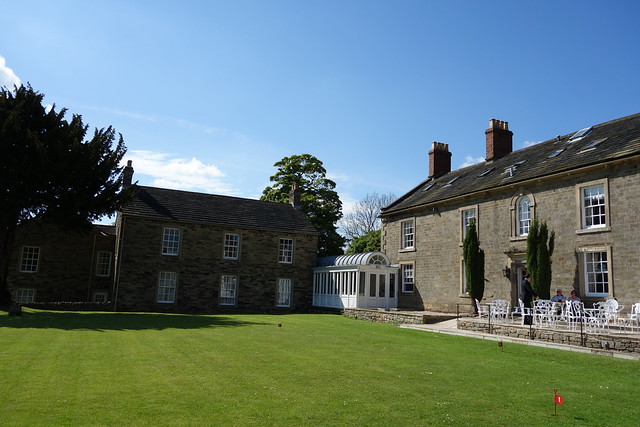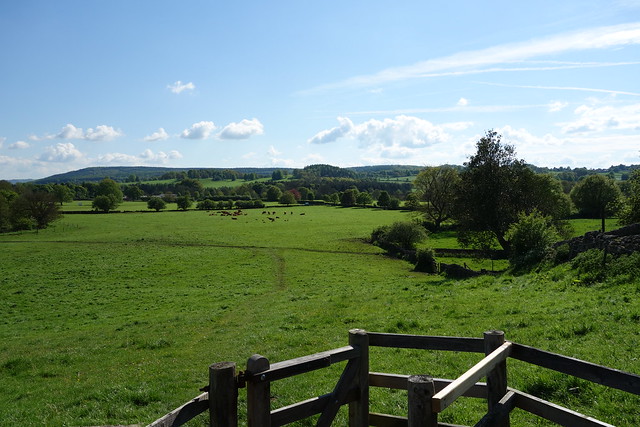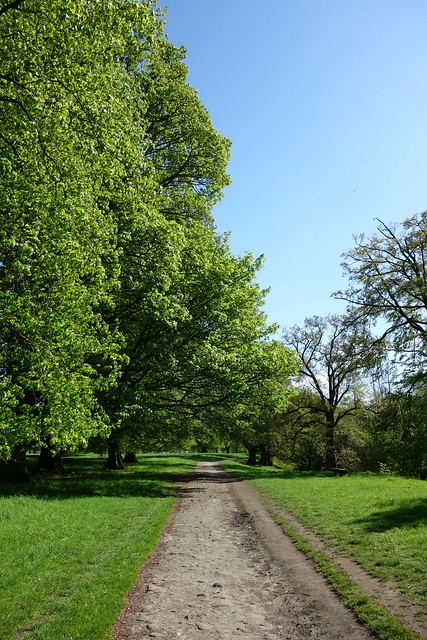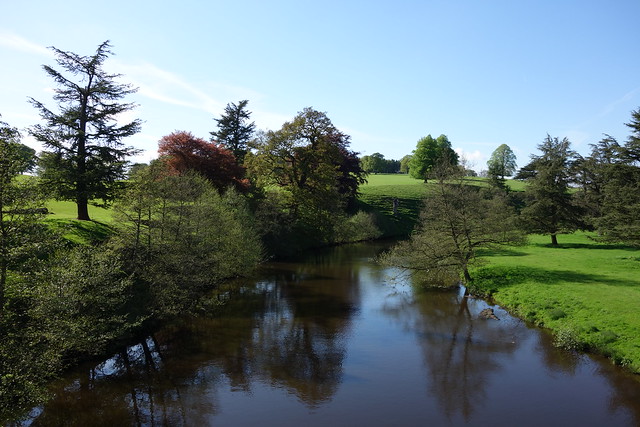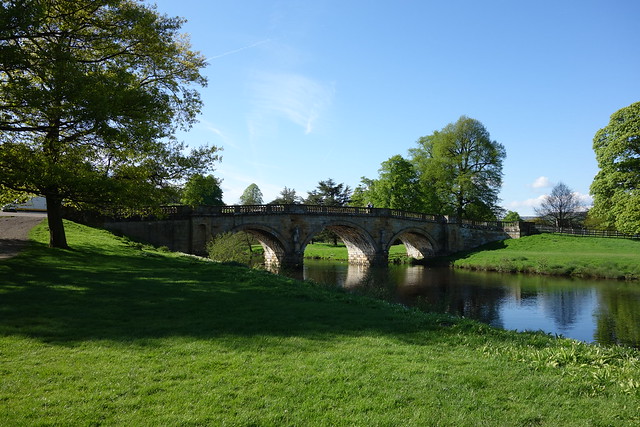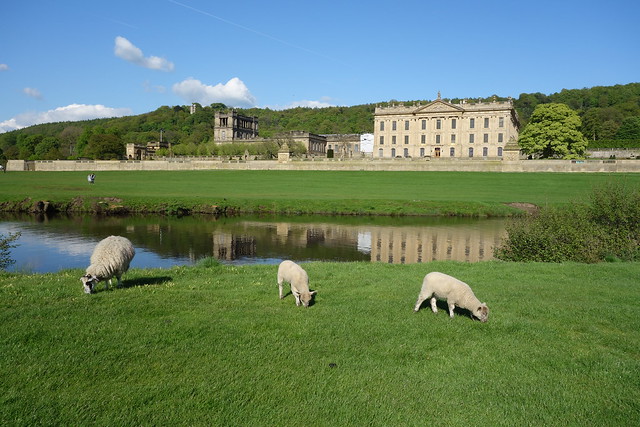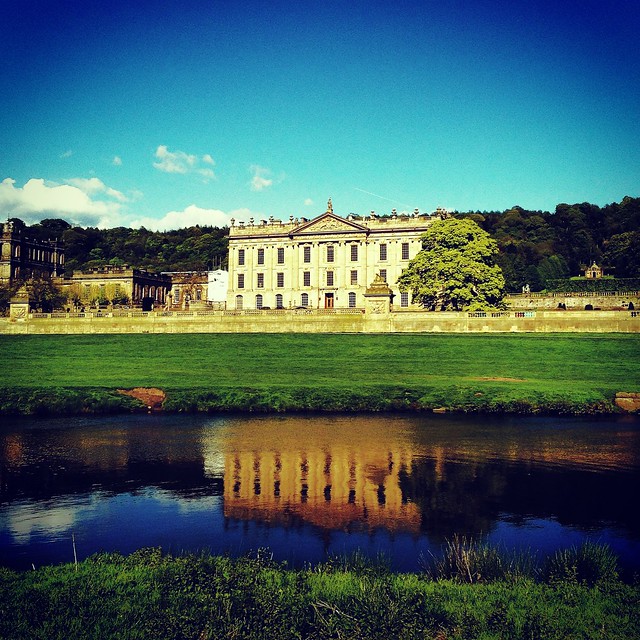And so here we are. It all boils down to this. Elizabeth Bennet and Mr. Darcy. Keira Knightley and Matthew McFadyan vs. Jennifer Ehle and Colin Firth. It might as well be Pacquiao vs. Mayweather for boxing fans, the Backstreet Boys vs. *N Sync for, well, me (and for tons of other people who are ashamed to admit it, too, for sure). I’m awarding three points to the winner of for each character. The book is their story, after all and one of the greatest love stories in fiction, at that.
Jennifer Ehle vs Keira Knightley as Elizabeth Bennet
There were some striking similarities between Jennifer Ehle and Keira Knightley in their portrayal of the second Bennet sister. There are times when they sound like each other when delivering their lines, they have similar laughs and sound the same when they were crying in that scene after receiving Jane’s letter regarding Lydia’s elopement. It was actually quite weird. But despite these parallels, I think one of them definitely outshines the other in her portrayal of one of literature’s most beloved heroines.
Keira Knightley, simply put, is a better actress than Jennifer Ehle, and, no, I’m not just saying that because she was nominated for her first Oscar for this role. Despite her having about half the screen time that her BBC counterpart has, you get more out of Knigtley than you do from Ehle. You got more “fire” from her in the scene where she interrogates Darcy while dancing at Netherfield. You actually felt and shared her embarrassment when talking to Mr. Darcy during that fateful meeting on the grounds of Pemberley. And you empathized with her during Jane’s engagement, where, although extremely delighted for her sister, Elizabeth was still wistful about what could have been her engagement, what could have been her own happy news.
I suppose this is where Knightley excelled. She took you along for the rollercoaster ride of Elizabeth Bennet’s feelings, whereas in miniseries, you just watched Ehle go through the motions. Ehle is by no means a terrible actress, far from that. It just so happened that she was up against a Keira Knightley who was giving what was so far the breakthrough performance of her career.
Winner: Keira Knightley

Colin Firth vs Matthew McFadyen as Mr. Darcy
Let’s face it, Mr. Darcy is the be all and the end all of anything related to Pride & Prejudice. If you screw up casting this role, you might as well throw in the towel and turn your movie/miniseries into Mansfield Park or Northanger Abbey or some other Austen novel where the lead male could be easily played by some random, reasonably handsome, staid Englishman (please exclude Persuasion’s Captain Wentworth from this category). Thankfully, both the movie and the miniseries did fine jobs of casting Mr. Darcy.
Colin Firth, it must be said, is the more handsome Darcy. Firth, with this strong jaw line, high cheekbones and straight nose is handsome in a more traditional sense than McFadyen. It takes some time to buy into McFadyen as the dashing landlord of ten thousand a year but he more than makes up for this trivial disadvantage in other ways.
As with the other characters, Firth benefits from the additional screen time afforded by the mini-series. Through the flashbacks and expositional scenes (that weren’t even in the book), you get a better understanding of Darcy’s motivations and get a better appreciation of his efforts in finding the reviled Wickham and the doomed Lydia. So in that scene where all is revealed between Lizzie and Darcy, you really feel it when the latter says to the former, “Surely, you know, it was all for you.” (*sigh*)
But to be completely honest, as willing as I was to get kilig by Colin Firth, he doesn’t even come close to the swooning induced by Matthew McFadyen’s Darcy. While miniseries-diehards will insist that compared to Firth, McFadyen was stiff and flat, I vehemently beg to differ. McFadyen astutely conveys Darcy’s struggles in holding back his feelings for Elizabeth, feelings which overcome his pride and studied restraint. A perfect example of this is his initial proposal scene, perfectly played out in the rain in a stunning, secluded setting (who could forget “I love you. Most ardently.” ). McFadyen transitions from confident, nervous, confused, hurt, indignant and jealous in the space of a thrilling three minutes. Firth’s corresponding scene falls flat in comparison, though not entirely through his fault (I suppose he can’t help it if the scene was written that way).
Movie Darcy also wins the battle of Pemberley. In that embarrassing first meeting he catches Elizabeth running away from the house as fast as she could. The tension, the embarrassment and awkwardness between these two who so obviously have feelings for each other is so real, so relatable and so charmingly palpable in that scene (plus points for the flustered Keira Knightley, as well). In the book, Darcy’s manner towards Elizabeth takes a 180 degree turn, and the change is distinct in McFadyen yet seamless and natural. In Firth, not so much.
So who wins it for me? I finished watching the miniseries thinking it was going to be a draw, but on closer inspection, Matthew McFadyen trumps Colin Firth as the definitive Darcy. As with Keira Knightley above, I just got more out of McFadyen. As vague as it sounds, his Darcy is more layered and more complex than Firth’s. Although I knew exactly what was going to happen, movie Darcy still made me swoon and giddy and go “awwwww…” more times than I could count: when Lizzie first caught his attention at the public ball, when he unexpectedly handed her into the carriage, when he first blurted our “I love you”, when he was walking towards Lizzie at dawn (I can actually hear the music in my head), etc., etc. And isn’t that the point of Mr. Darcy: to make us swoon and kilig and believe in love?
The handsomer (hehe…) Colin Firth made me believe in love a little, too, though. So I score this two points to the movie, one point to the miniseries.
Final Tally: BBC: 3, Movie: 10

The ultimate Lizzie and Darcy
After careful and logical (I hope) inspection, the 2005 movie triumphs over the 1995 BBC miniseries. Better casting and acting wins it for director Joe Wright. A more dramatic, emotional script, no doubt dictated by the run time limitations of a movie, also outweighed the character development benefits of the longer miniseries.
So after hours and hours of watching and more hours of blogging, I ended up where I started anyway: with Pride & Prejudice, the movie, unchallenged in my heart as my favorite movie and the definitive screen adaptation of the Jane Austen masterpiece.
Do you agree or have I been blinded by MY prejudice for the movie? Let me know in the comments!

